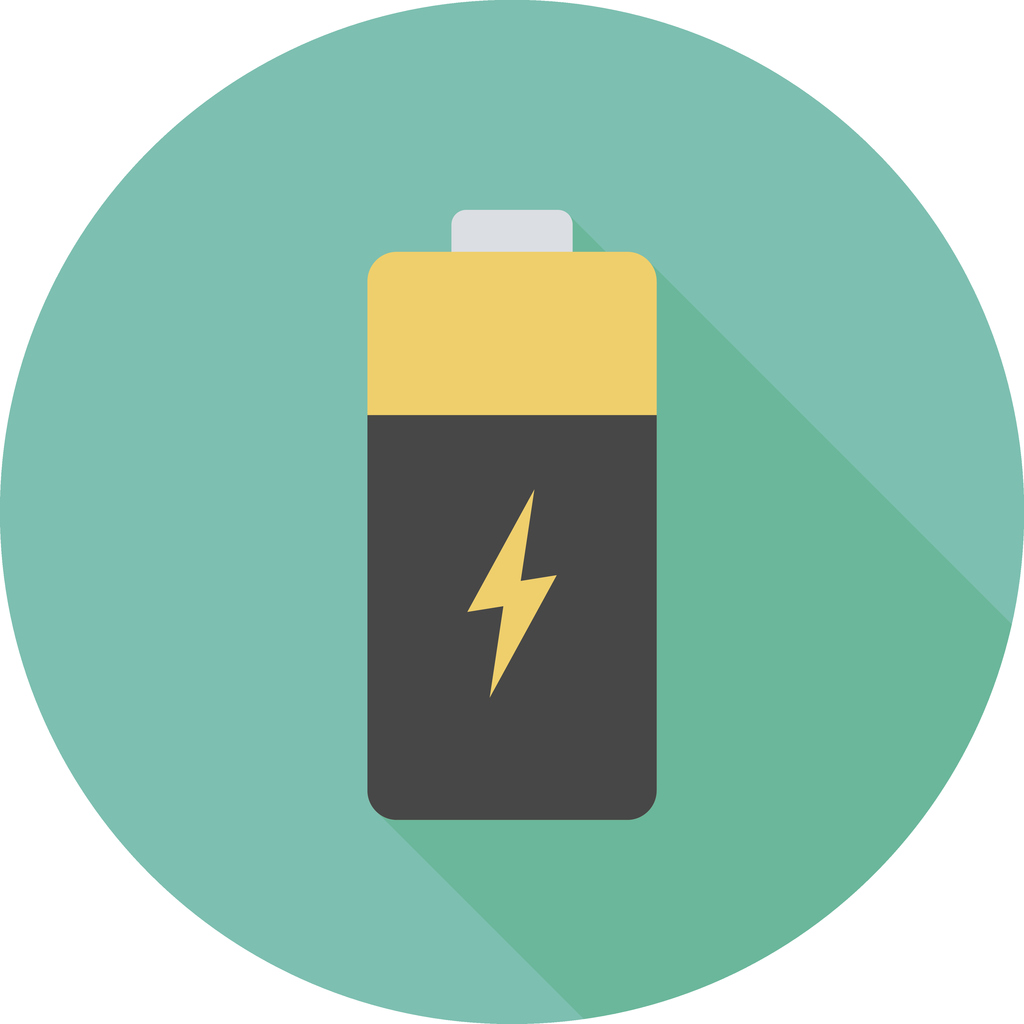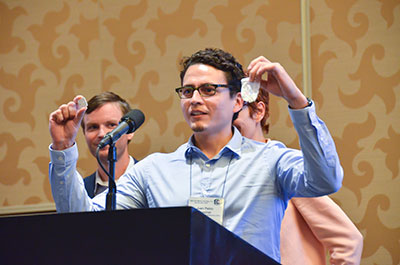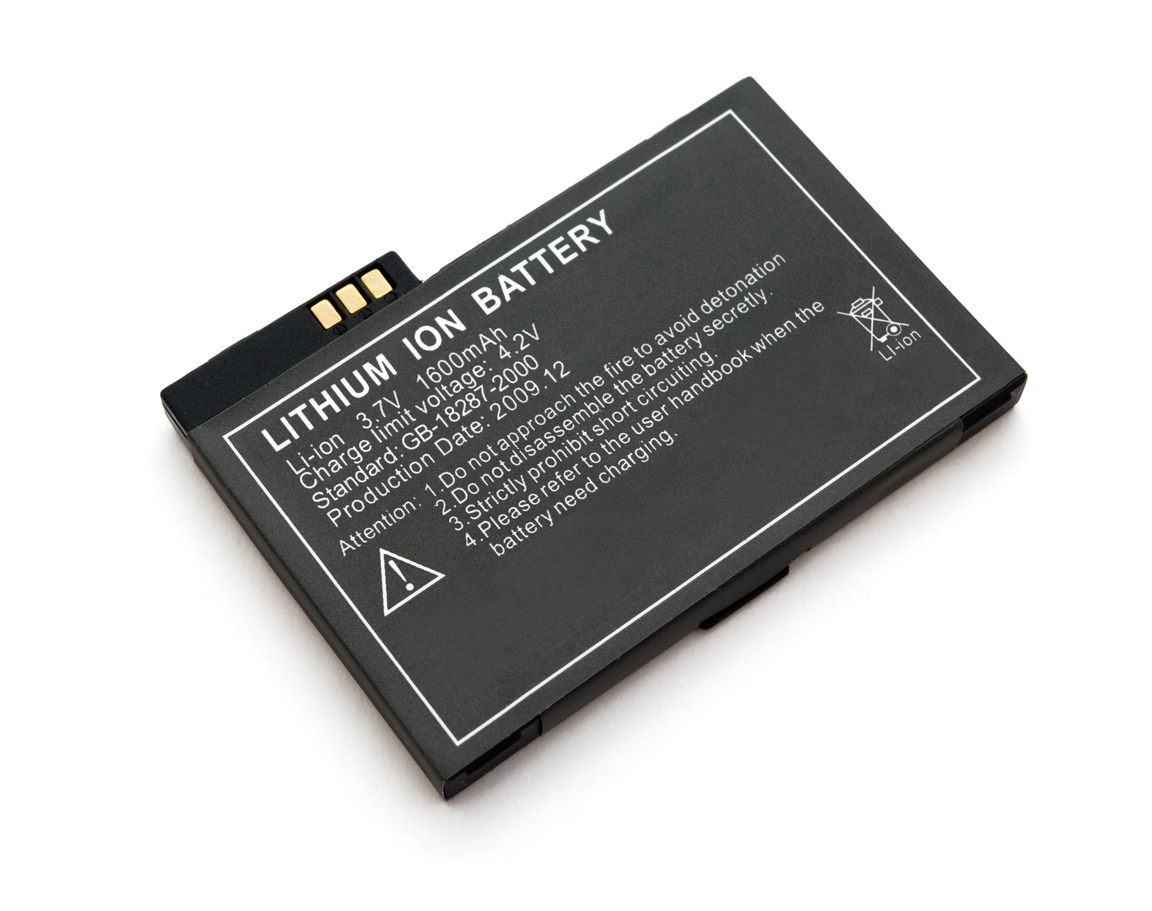 Safety concerns regarding lithium-ion batteries have been making headlines in light of smartphone fires and hoverboard explosions. In order to combat safety issues, at team of researchers from Drexel University, led by ECS member Yury Gogotsi, has developed a way to transform a battery’s electrolyte solution into a safeguard against the chemical process that leads to battery fires.
Safety concerns regarding lithium-ion batteries have been making headlines in light of smartphone fires and hoverboard explosions. In order to combat safety issues, at team of researchers from Drexel University, led by ECS member Yury Gogotsi, has developed a way to transform a battery’s electrolyte solution into a safeguard against the chemical process that leads to battery fires.
Dendrites – or battery buildups caused by the chemical reactions inside the battery – have been cited as one of the main causes of lithium-ion battery malfunction. As more dendrites compile over time, they can breach the battery’s separator, resulting in malfunction.
(MORE: Read more research by Gogotsi in the ECS Digital Library.)
As part of their solution to this problem, the research team is using nanodiamonds to curtail the electrochemical deposition that leads to the short-circuiting of lithium-ion batteries. To put it in perspective, nanodiamond particles are roughly 10,000 times smaller than the diameter of a single hair.



 While pursing work on the highly desirable but technically challenging lithium-air battery, researchers unexpectedly discovered a new way to capture and store carbon dioxide. Upon creating a design for a lithium-CO2 battery, the research team found a way to isolate solid carbon dust from gaseous carbon dioxide, all while being able to separate oxygen.
While pursing work on the highly desirable but technically challenging lithium-air battery, researchers unexpectedly discovered a new way to capture and store carbon dioxide. Upon creating a design for a lithium-CO2 battery, the research team found a way to isolate solid carbon dust from gaseous carbon dioxide, all while being able to separate oxygen. Researchers have found a new method for finding lithium, used in the lithium-ion batteries that power modern electronics, in supervolcanic lake deposits.
Researchers have found a new method for finding lithium, used in the lithium-ion batteries that power modern electronics, in supervolcanic lake deposits.
 In an effort to expand South Australia’s renewable energy supply, the state has looked to business magnate Elon Musk to build the
In an effort to expand South Australia’s renewable energy supply, the state has looked to business magnate Elon Musk to build the  In an effort to develop a more affordable, plentiful alternative to lithium-ion batteries, researchers from Purdue University are pursuing rechargeable potassium based batteries, demonstrating a way to derive carbon for battery electrodes from old tires.
In an effort to develop a more affordable, plentiful alternative to lithium-ion batteries, researchers from Purdue University are pursuing rechargeable potassium based batteries, demonstrating a way to derive carbon for battery electrodes from old tires.